[ad_1]
AK rifle is usually considered one thing crude and simple to supply with shabby craftsmanship carried out by slave laborers in dystopian socialist factories. So many occasions I heard: “Oh, what do you count on, it’s an AK”. That’s the reason it is ever extra attention-grabbing to have a look at East German AKs, produced in a rustic that for the final 100 years has been considered the synonym of high quality merchandise.
German-made automobiles, German-made industrial gear, German-made weapons from HK or Walther – their status speaks for itself.
That’s the reason I used to be very excited once I got here to Iraq and had an opportunity to examine and restore a number of hundred East German AKs that had been used all around the nation: from the border with Iran in Badra, which appears like a movie set of Mad Max film, to the beautiful hills and planes of Kurdistan, oilfield wastelands round Basra and busy streets of Baghdad.
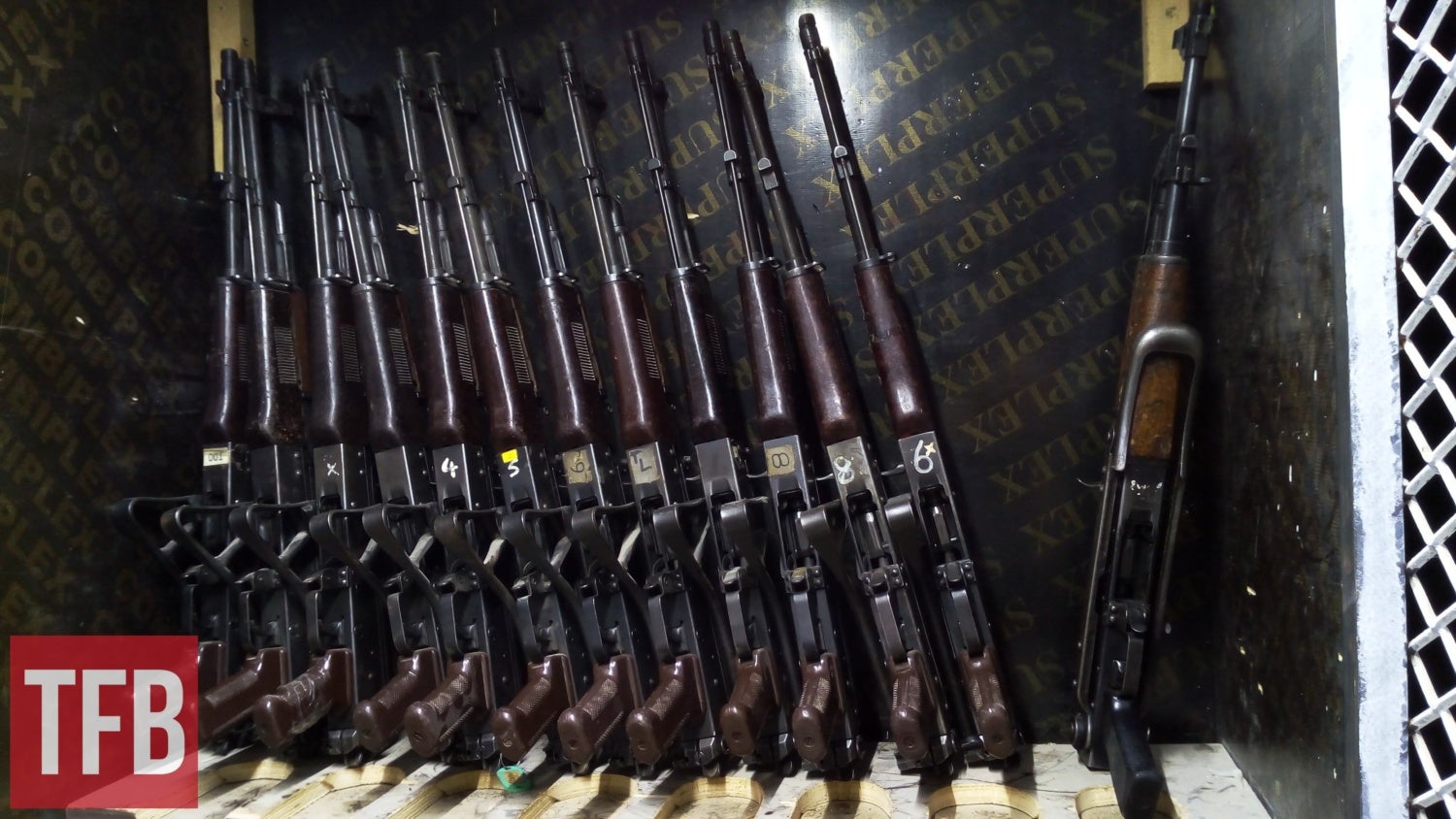
East German AKs in an armory in Iraq
Historical past of East German AKs
After WW2, Germany was break up into two states: West Germany with its capital within the metropolis of Bonn, and East Germany (Deutsche Demokratische Republik, usually known as DDR). East Germany was basically managed by the Soviet Union and the DDR authorities needed to rigorously observe the final line of the Soviet Communist social gathering.
A former enemy, East Germany rapidly acquired from the USSR all of the attributes of a correct Soviet puppet state: ever-vigilant secret police (Stasi), ruling socialist social gathering, and expertise transfers for armaments to make the nation extra self-reliant in case of inevitable World Battle 3.
On the time, the Soviet authorities was not involved about the truth that different states would finally develop into the competitors within the worldwide arms market. All Warsaw Pact nations needed to work collectively as a part of the navy alliance, and arms commerce within the Soviet Union wasn’t seen as a enterprise, armaments had been usually given to much less developed nations without cost in trade for political affect.
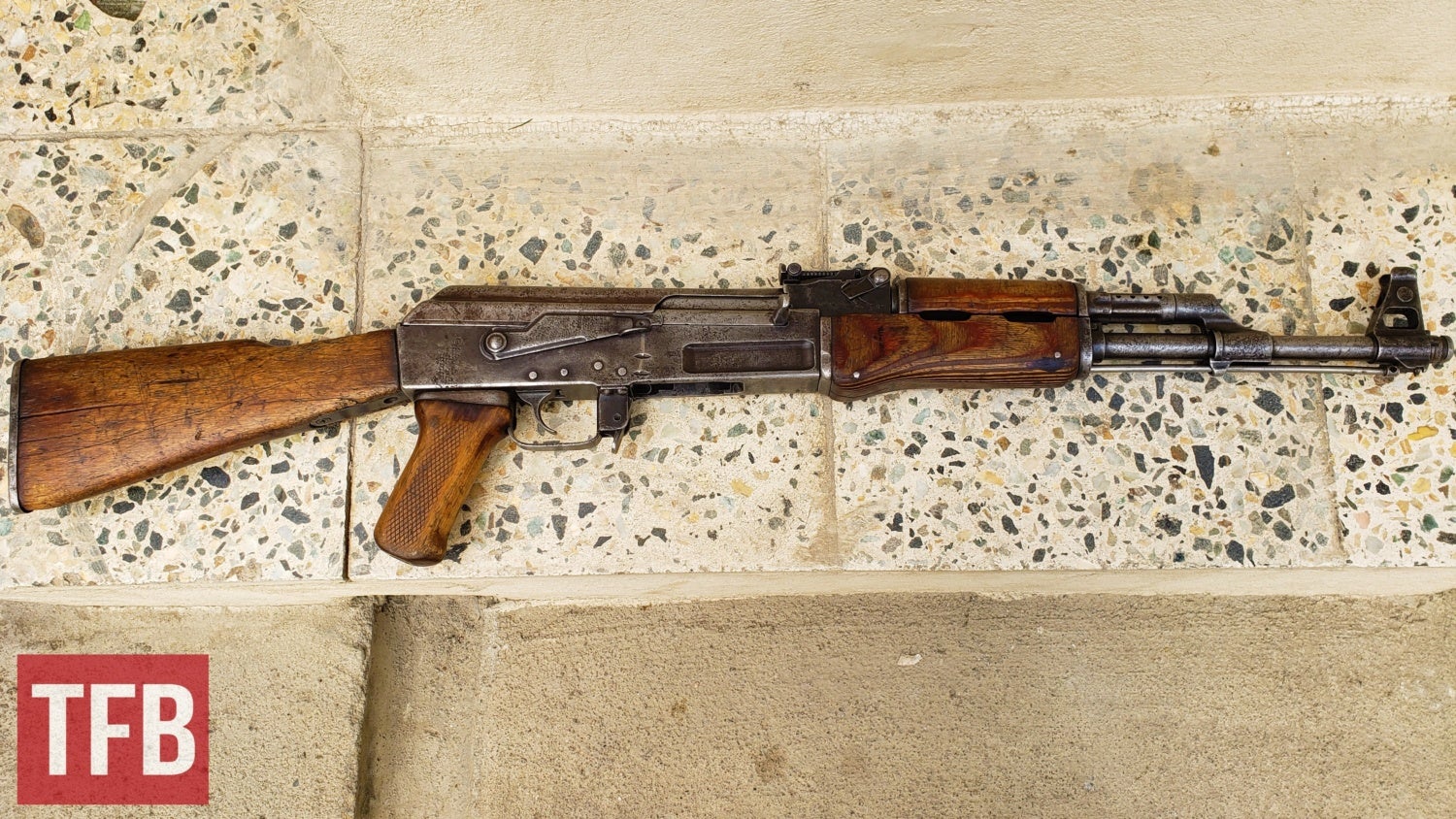
Sort 3 AK – the primary Kalashnikov that was produced outdoors of the Soviet Union
USSR began to switch the expertise of the AK rifle in 1955, and yearly new socialist nations joined the membership. In 1957, DDR began to barter the settlement for ToT (switch of expertise), and in 1958 German manufacturing facility acquired the blueprints and produced the primary prototypes of milled receiver Sort 3 AK. The primary batch of East German AKs was known as “Nullserie” (Zero Sequence). These prototype weapons had a really peculiar sling mount on a wood inventory.
Manufacturing commenced at two factories: first on the Wiesa manufacturing facility within the South of East Germany and later on the metropolis of Suhl on the manufacturing facility named after Ernst Thälmann, a German communist politician.
Manufacturing weapons didn’t have a cleansing rod and the cleansing package inside a wood buttstock and had an enormous metallic sling loop. These weapons, in addition to different 7.62×39 East German AKs, all have the identical figuring out marks: letters D (Dauerfeuer) and E (Einzelfeuer) on the receiver for automated and semi-automatic modes respectively, and letter N on the rear sight.
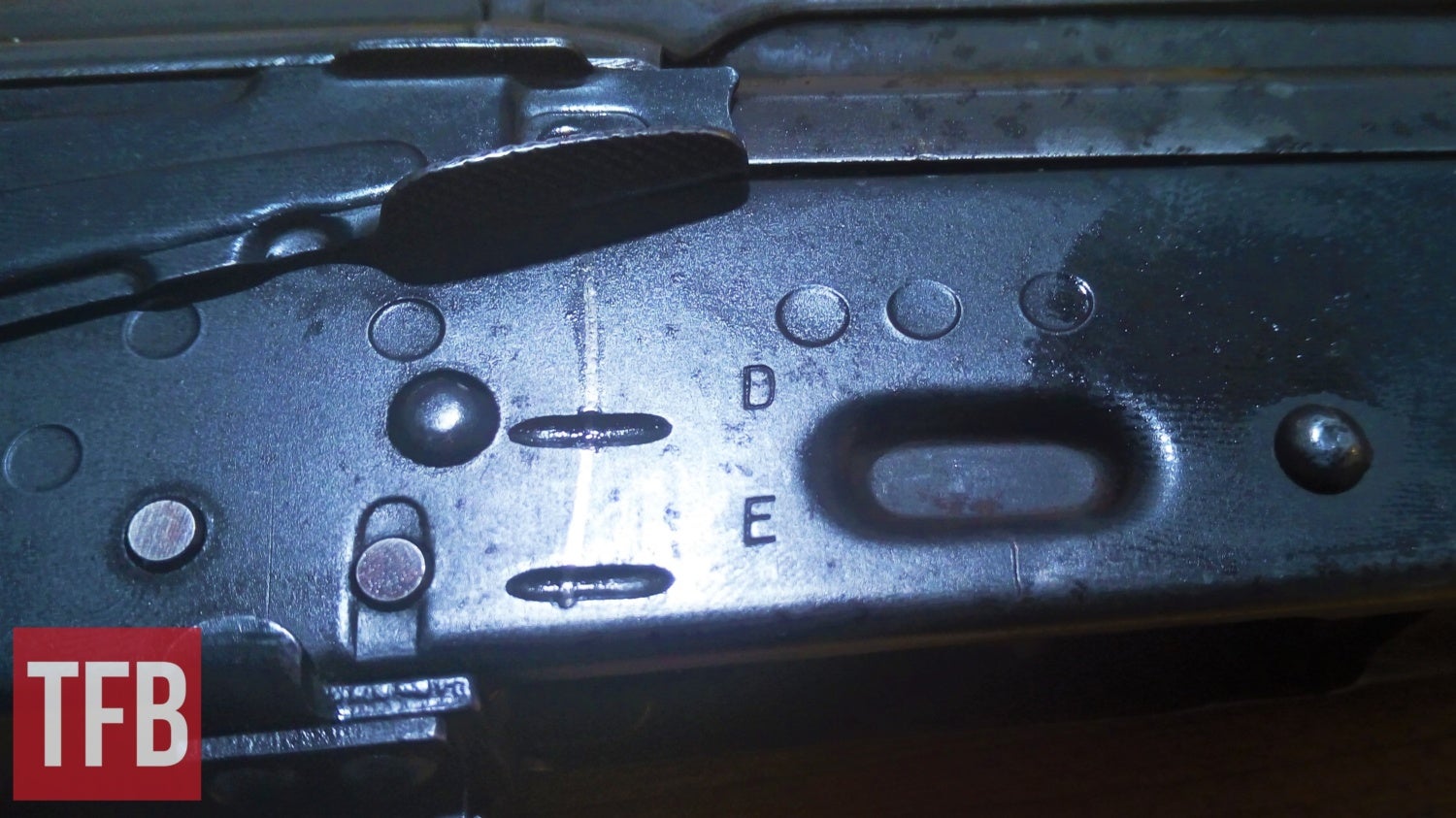
Selector markings of seven.62×39 East German AKs
However that wasn’t the one downside. The identify of the brand new gun turned an enormous controversy. Essentially the most logical time period within the German language that describes AK is Sturmgewehr (assault rifle). Nevertheless, this time period was politically insensitive, since many historians say that it was coined by Adolf Hitler.
Attempting to keep away from reminders of their haunting previous, East German management determined to name their AK rifles “submachineguns” (Maschinenpistole in German). So the official designation of the primary DDR AK was MPi-Okay. “Okay” stood for “Kalashnikov”, giving credit score to the unique designer of the weapon. So, technically, primarily based on their identify alone, all East German AKs will not be rifles, however submachine weapons.
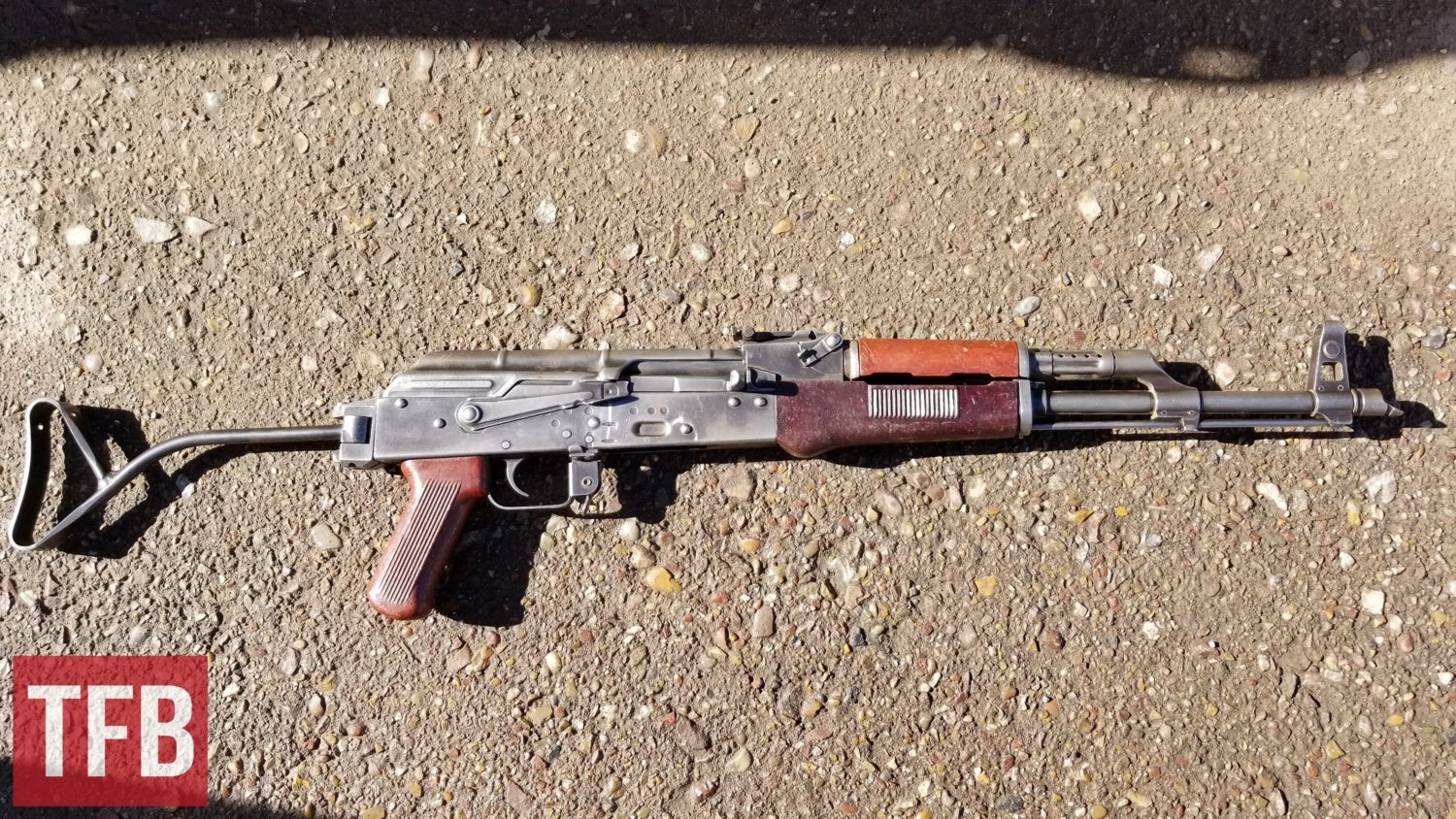
The following iteration of East German AKs is MPI-KM, a replica of the AKM with stamped receiver. Manufacturing began round 1964. At this level, German engineers determined to exchange below folding inventory that they took from the Soviets, whereas the Soviets took the identical design from Germans designs a number of years earlier than. There have been two variants of MPi-KMS with totally different shares.
The commonest folding inventory model was known as MPi-KMS(72) and have become an excellent success within the worldwide arms market. Straightforward to supply, it folded to the correct aspect and allowed the manufacturing facility to make use of the identical rear trunnion for each fixed-stock and folding-stock weapons. Variations of this inventory had been later used on Romanian, Polish, and Egyptian AKs.
It isn’t precisely very comfy, however it’s extra sturdy in comparison with the underfolder and has many benefits, for instance in Iraq, native guards would cling it on the wall like a portray, which is fairly tough to do with underfolding inventory.
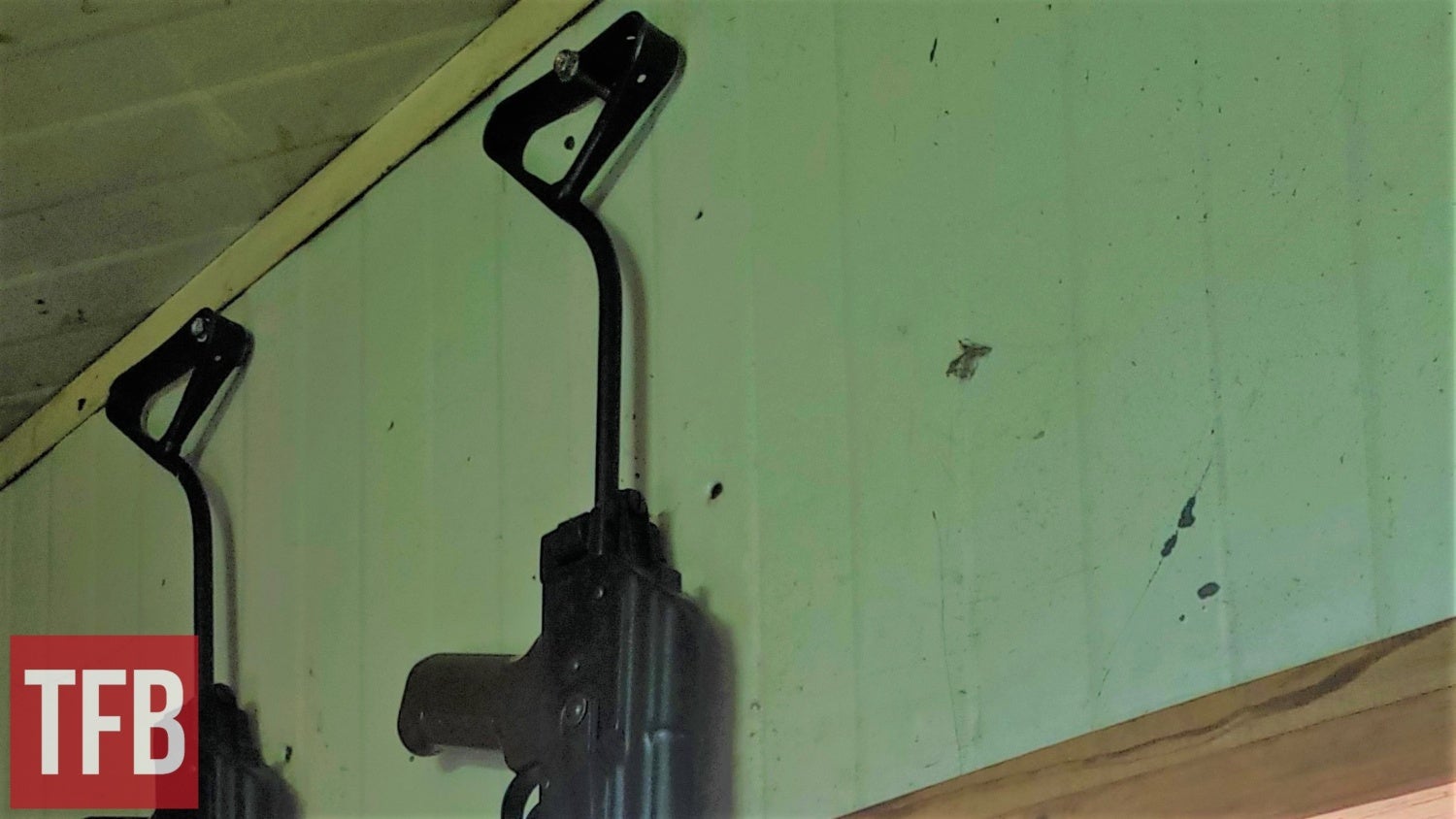
MPi-KMS(72) hanging on the wall in some guard shack in Baghdad
Yet another distinction between DDR AKM and Soviet AKM was the sights, the rear sight for an East German AK was graduated to 800 meters, whereas the Soviet-made AKM’s sight had settings as much as 1000 meters. German engineers additionally developed a muzzle cap that was usually issued to troopers and maybe a very powerful improve – clip-on evening sight inserts, which weren’t radioactive like Soviet evening sights.
Within the 80s, German producers needed to sustain with the Soviets and developed their model of AK 74, however didn’t actually catch on because of the collapse of the Berlin Wall. They developed plenty of attention-grabbing weapons earlier than DDR was reunited with West Germany, however that may be a story for an additional time.
The general majority of East German AKs exported worldwide had been 7.62×39 rifles, and partially 2 of this text, I wish to share a few of my private experiences with these rifles and speak about surprising points I encountered.
[ad_2]
Source link




